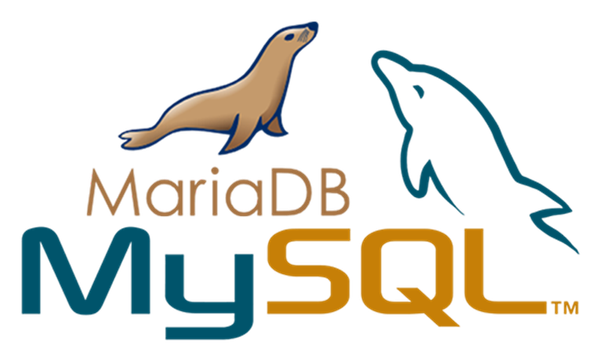AWS silently extends Free Tier offering for Graviton 2 EC2 instance
Get 750 hours/month of the ARM-based t4g.small EC2 instance for free.

While I was browsing on the website of Amazon Web Services today, I noticed that they extended the free usage of 750 hours/month of t4g.small instances.

The instance type uses the Amazon designed Graviton 2 CPU, which is based on ARM (64bit). The t4g.smallinstance comes with 2vCPU's and 2GB RAM. It is worth mentioning that the usage of the free t4g.small instance does not count towards your EC2 Free Tier Limit for 750 hours/month of t2.micro instances.

More information about t4g Instances
The x86 based t2.micro appears to perform a little bit better compared to the ARM based t4g.small. However, when monitoring a simple low-traffic webserver, you'll usually notice a constant CPU usage of around 10. I tested it on both instance types with credit specification set to standard, which means they can not burst CPU usage if they run out of credits.
What usually does matter for webservers (or basically: all servers) is the amount of RAM. A trivial example of some annoyances that result from a low amount of RAM, is dnf killing itself when trying to run a command such as sudo dnf upgrade --refresh or even when running an install command such as sudo dnf install firefox on Red Hat Enterprise Linux. Fedora uses the dnf package manager as well, yet Fedora doesn't run out of RAM when refreshing dnf metadata.
It turned out there was one major difference in how the AMI's where preconfigured. Fedora, usually more aimed towards the general community, automatically creates a swapfile during launch. (To be more specific: it automatically creates a swapfileof 1024MB for instances with 1GB RAM. RHEL, which is aimed towards businesses, enterprises and governments, launches in the most minimal way possible. By default, even the BaseOS and AppStream repositories are disabled. A little disclaimer to add: Red Hat Enterprise Linux deployed from an official Amazon Web Services AMI are free tier eligible and have RHUI repositories enabled by defaut without the requirement of a Red Hat subscription.


You might have noticed that the storyline and writing in this article is a little bit different than usual. I guess it has a lot to do with the spontanity of this article. I was basically assuming for an entire year that the t4g.small free trial would end 31st Dec., 2023. While the estimated monthly cost would be USD 13.45 for an on-denand instance according to AWS Pricing, CloudFRL.com is currently still solely funded by me, because the website itself doesn't generate enough traffic yet to generate sufficient income from affiliate links and/or sponsors.
I often use t4g instances as testing VM to explore possible new functionalities or integration which then eventually can be put in production on https://www.cloudfrl.com. That's why finding out the period is renewed with another year truly felt like a gift. Since the access to a VM at no-cost sets the barrier way lower for people unfamiliar with the cloud to actually go out an try it, I figured I had to share it.
As soon as I started writing, I realized that it would be quite a task to come up with more than 5 sentences. I had to share my findings, but publishing such a short article would not allign with the vision of CloudFRL.com (which are basically formulated by myself).
I decided to just keep writing, without adding too much context to whether it would actually make sense to include in a relatively simple report about a free tier on AWS or not, hopefully ending up with a more entertaining type article while still maintaining the relevancy to the title of the article.
I believe that it often helps to take yourself a little less serious and to take everything a little less serious in general. Writing an article with a slightly humorous or sarcastic undertone can often work as a relief.
It also shows a little bit more character in the website.






